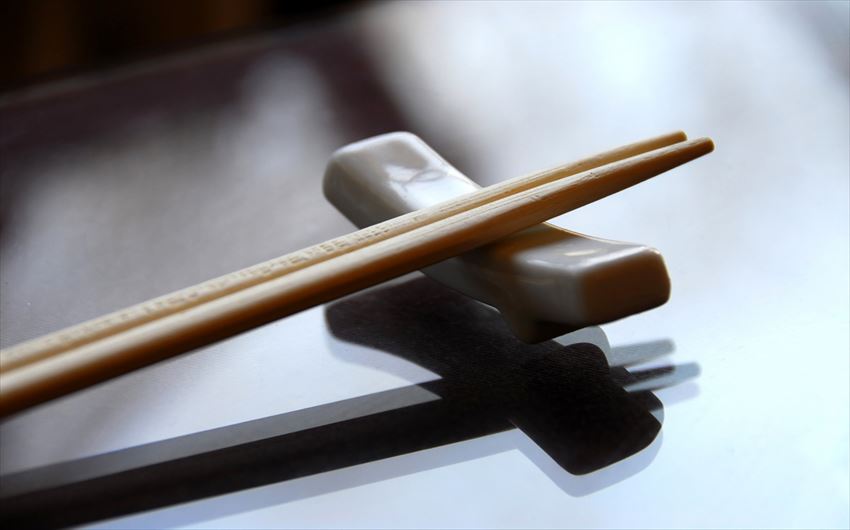1. Itadakimasu & Gochisou-sama-deshita
Just like Christians say their prayers before every meal, Japanese thank the food and the person who prepared it before and after the meal. We’d say “Itadakimasu” before the meal, which means “I’ll thankfully receive the meal”, and “Gochisou-sama-deshita” after the meal, which means “That was a great meal”. You’d also like to bow and join your hands while doing this.
2. How to Use Chopsticks

Chopsticks or hashi in Japanese has a whole rulebook to remember. Some of the most basic rules is not to point with them while eating, hover them over foods you are trying to decide between, suck on the ends to get the last of that delicious sauce, stab pieces of food you want with one end, wave them in the air, or otherwise wield them like weapons.
Other rules that may be less obvious: don't rub disposable hashi together to remove wood threads, don’t leave them sticking up vertically in a bowl, or lay them across the top of your bowl. Above all, never, ever pass food with hashi to someone else’s hashi, which will remind many Japanese of the ritual of passing cremated bones with hashi at funerals. Place the shared food on your friend’s plate instead.
3. Pick Up The Plate Or Bowl
There is an old saying in Japan which reads “rice bowl on your left hand, chopsticks on your right hand”, which means, you should always hold the plate in which you are eating. You might have realized that Japanese restaurants serve small plates for every customer. That is not only for people to share a family sized serving, but also for people to hold the plate when eating everything. When eating rice, you should hold the rice bowl in your left hand and eat it with your chopsticks in your right hand (for left-handed people, just do the opposite).
4. Eat Everything

Eating every grain of rice in a bowl is considered to be polite; not wasting this most crucial of Japanese foods makes a lot of sense. Japanese strive to eat everything on their plate, in appreciation for what they have been given. In fact, if there is food left on a plate shared by the party, it is assumed that everyone is still hungry but hesitating to finish the last piece.
Find more similar articles! > Click Here!

Comments